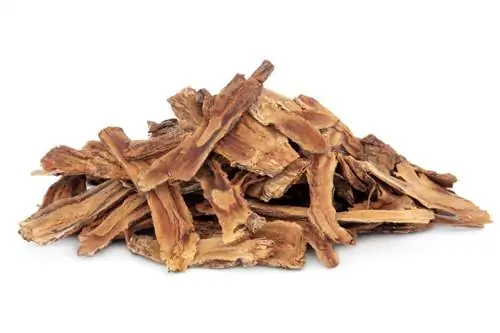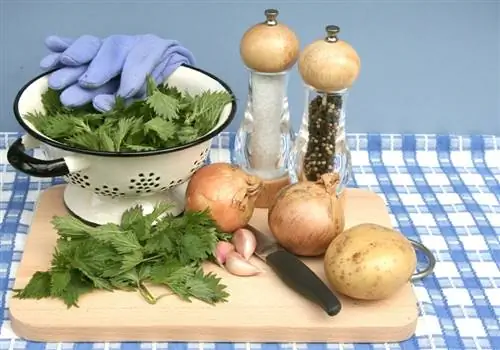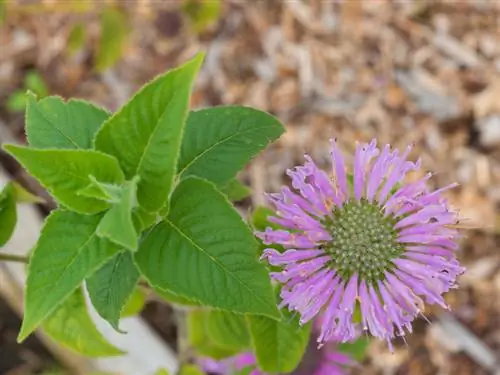- Author admin [email protected].
- Public 2023-12-16 16:46.
- Last modified 2025-01-23 11:22.
There is a lot of goodness in the nettle root, for the benefit of people and animals. After reading this guide, you will see ubiquitous nettles differently. Here you can read about the valuable ingredients and versatile uses as a medicinal plant.

What is nettle root good for?
The nettle root is good for anti-inflammatory applications, for benign prostate enlargement, as a hair growth agent, rheumatism relief, sweating and drainage treatment, prevention of kidney grit and for stimulating metabolism. It is rich in scopoletin, flavonoids, ß-sitosterol, serotonin, acetylcholine and Urtica dioica agglutins.
What is nettle root good for?
The nettle root has aanti-inflammatory effectand relieves symptoms ofbenign prostate enlargement. In conjunction with nettle leaves, the roots of large nettle (Urtica dioica) are said to have these effects as a natural medicinal plant:
- Hair growth agent: decoction of nettle roots and apple cider vinegar helps with premature hair loss.
- Rheumatism remedy: Relieves rheumatic pain when used externally as a tincture or decoction.
- Sweating and dehydration treatment: root juice ensures that you sweat and dehydrate.
- Prevention of kidney semolina: Tea made from nettle leaf and nettle root prevents the formation of kidney semolina, which leads to kidney stones.
- Stimulation of metabolism: Fresh juice based on nettle herb and nettle roots activates the metabolism.
What ingredients does nettle root have?
The nettle root is full ofvaluable ingredients, such as scopoletin, flavonoids, ß-sitosterol, serotonin, acetylcholine and Urtica dioica agglutins. In addition, the entire plant is rich in vitamins, iron, calcium, potassium and manganese.
What is broken down chemically and scientifically today was not known in the Middle Ages. Nevertheless, the Greek doctor Dioscorides and Hildegard von Bingen swore by the natural healing powers of nettles.
For which animals is nettle root important?
The nettle root is an importantfood sourcefor the large hop root borer (Hepialus humuli). It is a nocturnal butterfly also known asghost moth. The second name is an allusion to the ghostly flight of silvery-white males at dusk.
Tip
That's why the nettle burns
Even light skin contact with nettles causes burning pain and nasty hives within a few seconds. The reason for the aggressive reaction is nasty stinging hairs on all parts of the plant. A stinging hair is tubular, brittle like glass and filled with burning fluid. When touched, the head breaks off, the sharp edge pierces the skin and, under pressure, injects a liquid containing formic acid into the wound.






